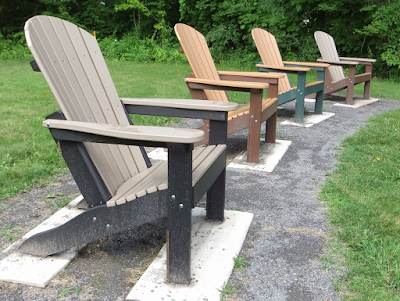This article attempts to demonstrate the effects of the parameters that Depth Map Automatic Generator 7 (DMAG7) uses to generate a depth map.
The stereo pair above is 1199x901. The min and max disparities are -50 and 4, respectively. The max L-BFGS iterations and hash table size are set at 1000 and 10000, respectively, and won't change during this experiment.
Let's see the effect of the patch radius on the depth map by varying the radius and keeping the other parameters constant (spatial sample rate = 8, range sample rate = 32, patch radius = ?, lambda = 0.1):
Winner: patch radius = 7.
Let's see the effect of lambda on the depth map by varying lambda and keeping the other parameters constant (spatial sample rate = 8, range sample rate = 32, patch radius = 7, lambda = ?):
Winner: lambda = 0.01.
Let's see the effect of the spatial sample rate on the depth map by varying the spatial sample rate and keeping the other parameters constant (spatial sample rate = ?, range sample rate = 32, patch radius = 7, lambda = 0.01):
Winner: spatial sample rate = 8.
Let's see the effect of the range sample rate on the depth map by varying the range sample rate and keeping the other parameters constant (spatial sample rate = 8, range sample rate = ?, patch radius = 7, lambda = 0.01):
Winner: range sample rate = 32.
I guess one could argue which depth map is really the winner at each stage. It's not that important as the intent was to show the effects of the various parameters on the depth map.













No comments:
Post a Comment